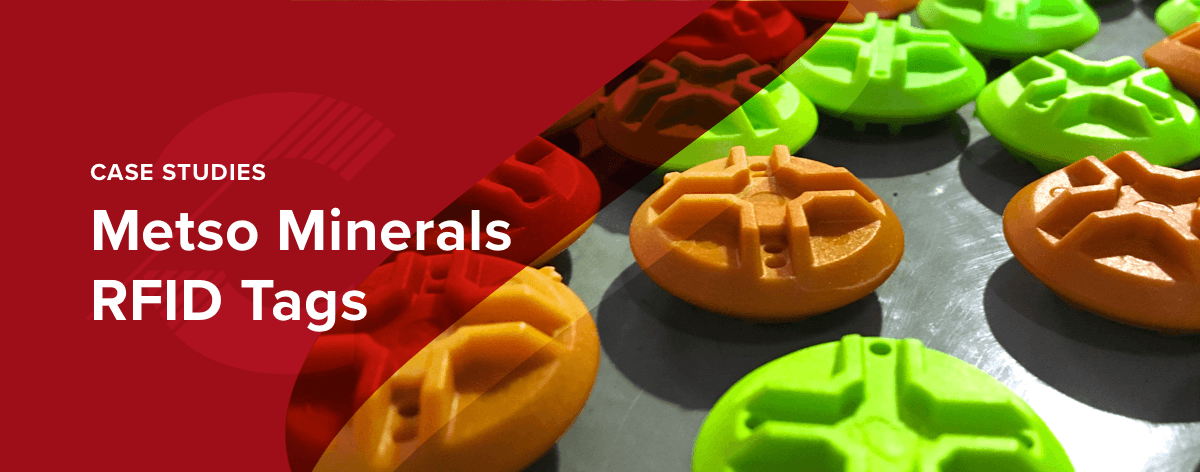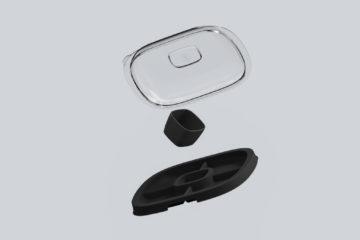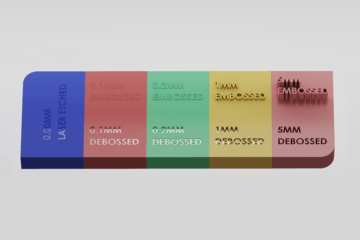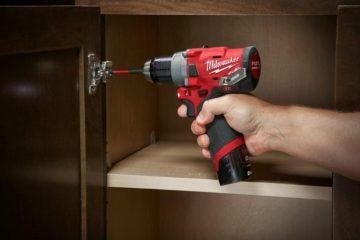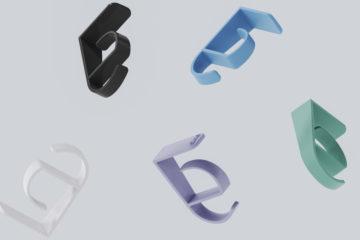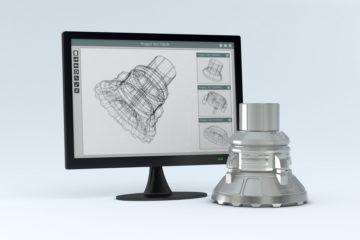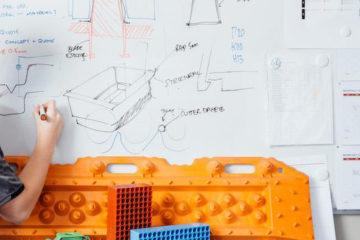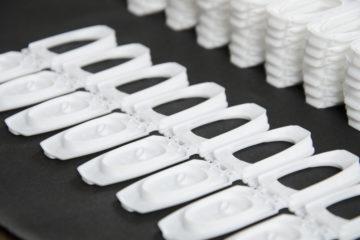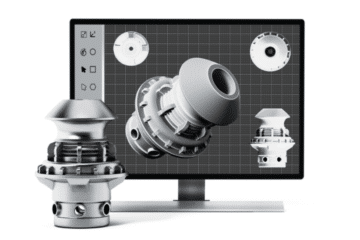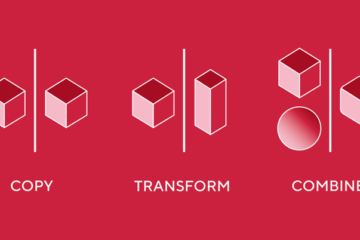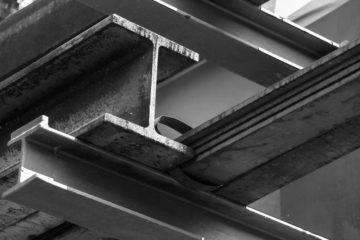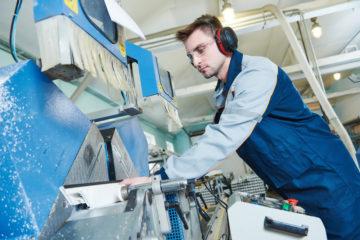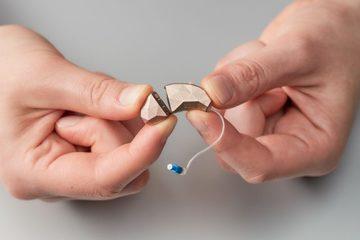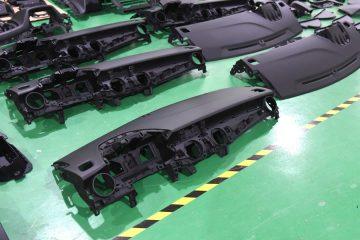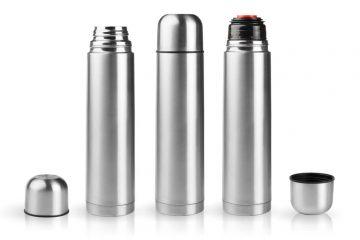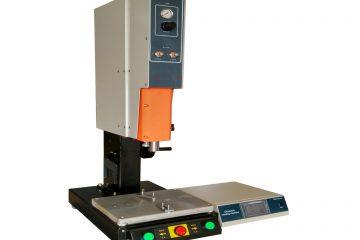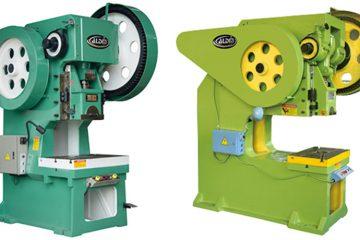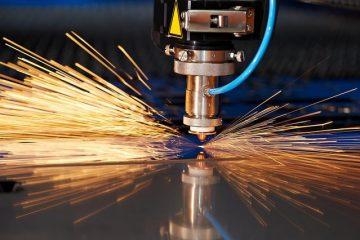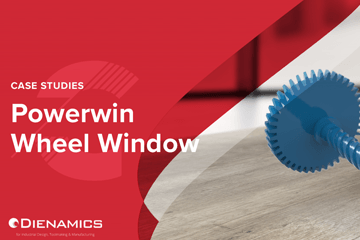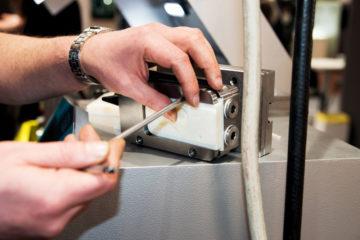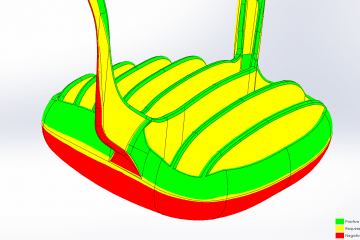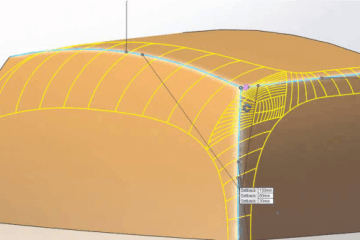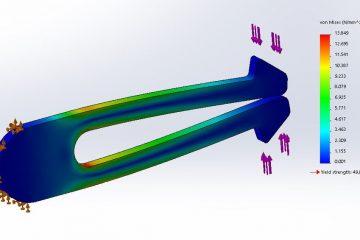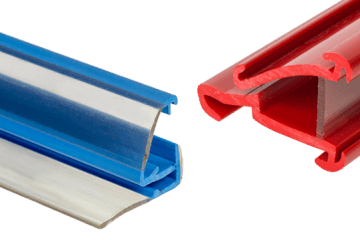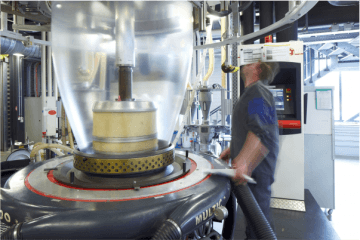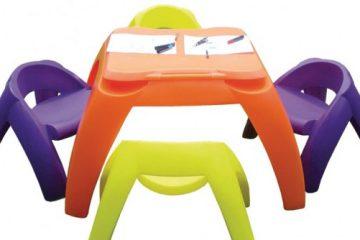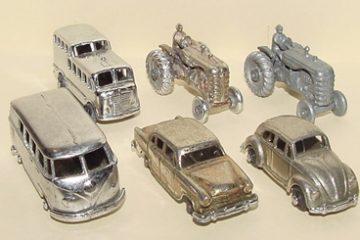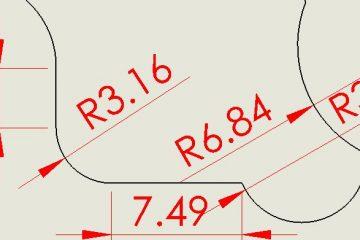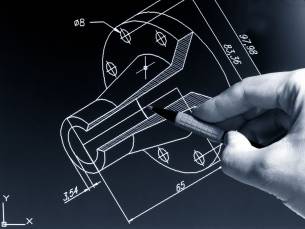The Idea
The path ore bearing rocks take on their way from the mine site to sale is a rough one. They are extracted with explosives, shifted by draglines, put through rock crushers and piled into mountains that can sit out in the elements for years on end.
So how do you embed delicate electronics into rock piles in order to lower processing costs?
Mining is expensive. It’s also tough, dirty and the absolute foundation of any manufacturing economy. Metso Minerals has been supplying customers in bulk raw material handling industries such as mining, bulk recycling, paper milling and oil/gas extraction with material handling solutions for over 100 years.
Metso Minerals came to Dienamics in late 2008 with a plan.
Even small mines extract thousands of tonnes or rock and ore per year, and Metso’s customers are anything but small. All that material must be extracted, moved, processed, stockpiled and sold. At these volumes the key to efficiency is information, and Metso’s concept was to create a “pit to port” integrated information solution that could save their customers millions.
The key to the system was RFID tracking. Once a mine had identified an in-ground ore body, RFID tags would be placed with it that recorded everything about it. Ore type, ore quality, dates and a dozen other parameters would now be part of the rock, traveling with it through every stage, able to be retrieved on demand and impossible to mix up or get lost. Ores could now be automatically put through the most efficient process on their way to sale.
How does RFID work?
The process works like this: mines drill a grid of survey holes and determine the minerals present on that grid. Then RFID chips are individually programmed to output a certain frequency (depending on the mineral) and are dropped down the hole. The mine walls are then blasted and the rocks pushed through a crusher along a conveyor. Within this, the minerals are tagged out with certain RFID tags, and mine operators can easily sort the metal from the dirt before any processing begins.
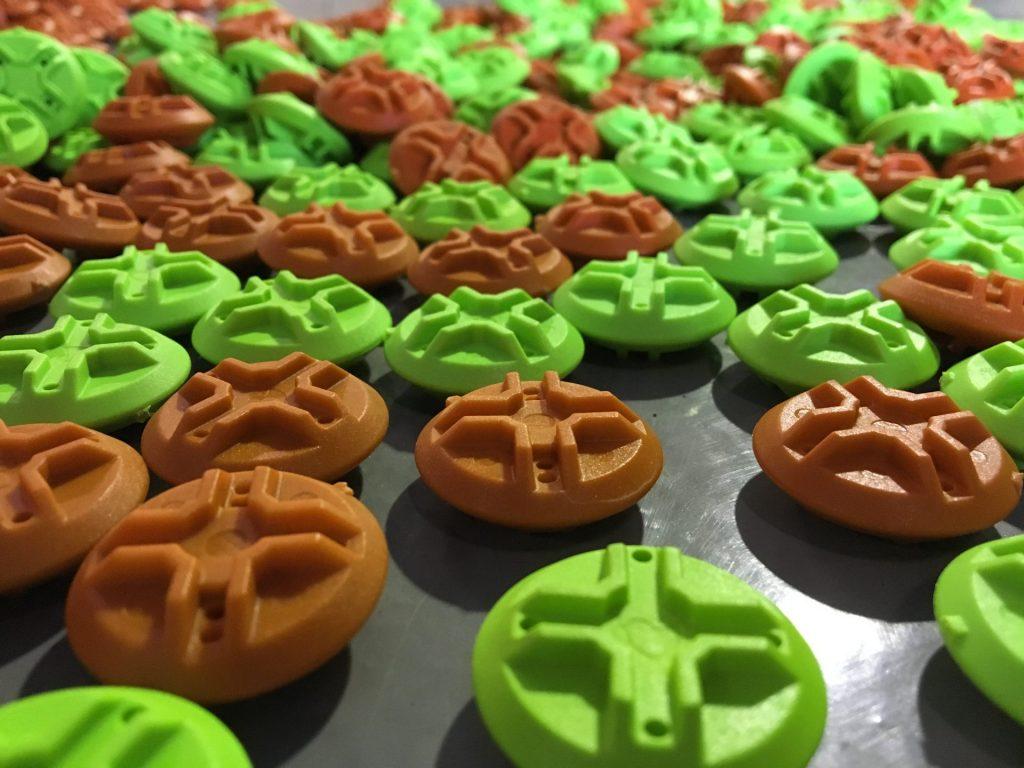 RFID tag overmoulds (another shell goes around these)
RFID tag overmoulds (another shell goes around these)
The Problem
The problem is, RFID tags are delicate. The mining process is the exact opposite.
All we had to do was design and produce a mass manufacturable, explosion proof enclosure that would make sure that the RFID tags wouldn’t be damaged in any way, shape or form. Simple right?
The Solution
To brings Metso’s system to life, Dienamics created a 2-part enclosure strong enough to survive the explosions, burial under tonnes of rock, crushers and loaders that rocks face on their way to market.
The fully water and shockproof tags were put into production at Dienamics’ workshop and have stayed in constant demand since their market debut.
By leveraging these embedded sensors, Metso’s sophisticated tracking software has become very popular. Dienamics has continued to work closely with Metso to ensure the parts subject to tight quality control throughout moulding, assembly, packaging and shipping.
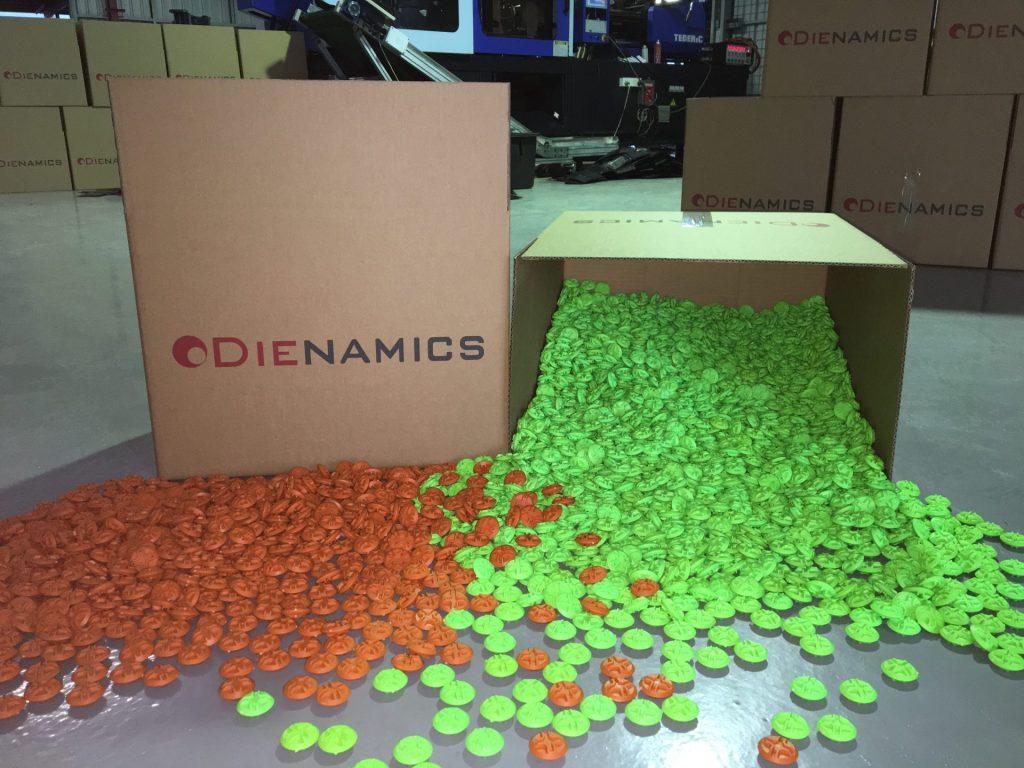 RFID tag overmoulds
RFID tag overmoulds
Subscribe to Our Newsletter
Get the latest news from Dienamics into your inbox





